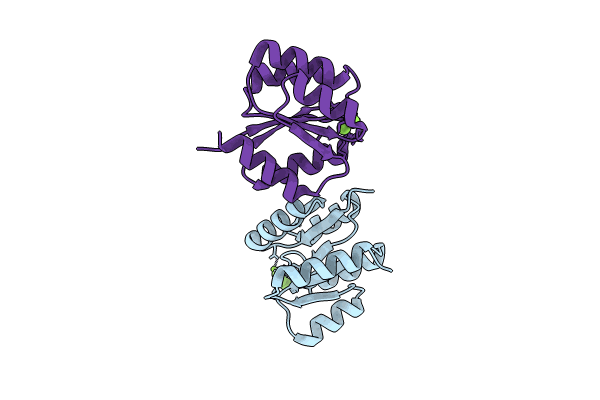
Deposition Date
2023-05-17
Release Date
2024-06-12
Last Version Date
2024-06-12
Entry Detail
PDB ID:
8SVZ
Keywords:
Title:
Structure of the Francisella response regulator KdpE receiver domain
Biological Source:
Source Organism:
Francisella tularensis subsp. novicida U112 (Taxon ID: 401614)
Host Organism:
Method Details:
Experimental Method:
Resolution:
3.35 Å
R-Value Free:
0.24
R-Value Work:
0.22
R-Value Observed:
0.23
Space Group:
P 62 2 2


